Do you have any old Philippine coins lying around? They might be worth far more than you think! Some rare U.S.-Philippine coins, minted when the Philippines was a U.S. colony, can sell for thousands—and in some cases, even reach up to a million dollars.
Let’s dive into why these coins are so valuable and explore some specific coins that collectors are willing to pay top dollar for.
Why Are U.S.-Philippine Coins So Valuable?
When the Philippines became a U.S. colony in 1898, the U.S. Mint began creating coins specifically for the Philippines in 1903. These coins are unique because they feature both American and Filipino designs.
One side often shows a Filipina Lady Liberty, and the other side displays a U.S. bald eagle with a shield. The intricate design, combined with the rich history and limited availability of these coins, makes them highly sought after by collectors.
Additionally, historical events have made these coins even scarcer. Many of the early coins were melted down for their silver content, while others were lost or damaged over time. The Japanese occupation during World War II also contributed to the loss of many coins. Today, collectors prize U.S.-Philippine coins for their beauty, rarity, and historical significance.
Noteworthy U.S.-Philippine Coins
Here’s a look at some of the rarest and most valuable U.S.-Philippine coins that you might want to keep an eye out for:
1. 1907 Proof Peso
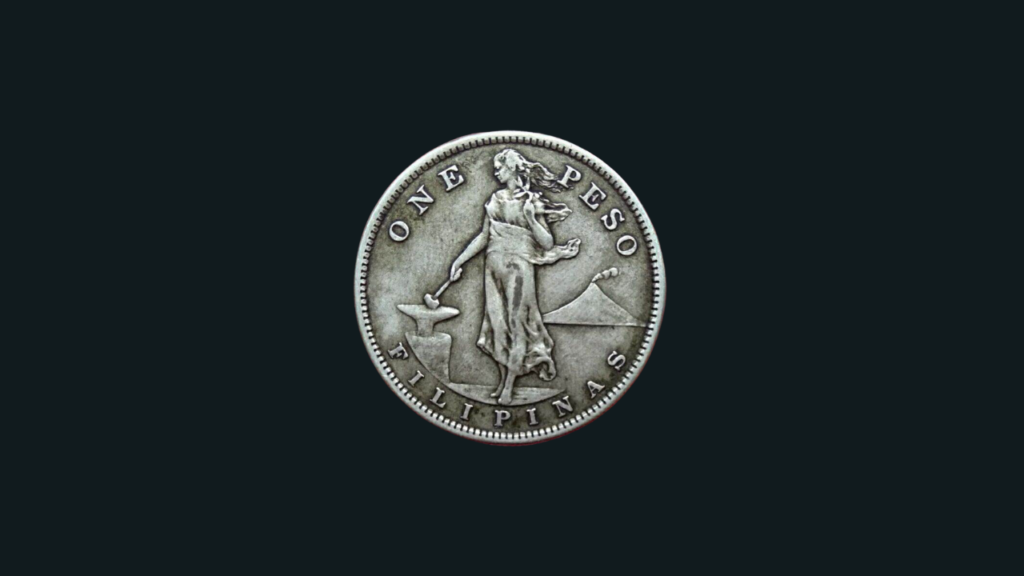
This coin was made as a “proof,” meaning it wasn’t circulated as currency but instead served as a model for future coins. Only two of these 1907-proof pesos are known to exist, making them incredibly rare. One of these coins sold for just under $1 million in 2018!
2. 1907-S Peso
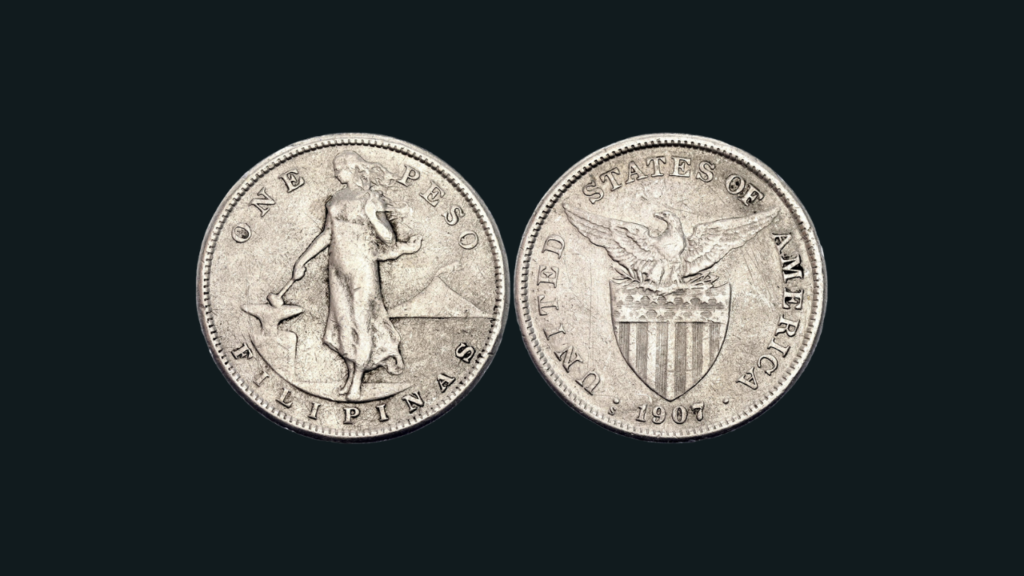
If you don’t have a proof coin, don’t worry! The 1907-S peso was created for circulation and can still be very valuable, especially if it’s in mint condition. One of these coins sold for $15,600 in 2019. Even if your coin isn’t in mint condition, it could still be worth a few thousand dollars.
Top 14 Vintage Coins That Could Make You Rich
3. 1918-S Allen-4.08b Mule
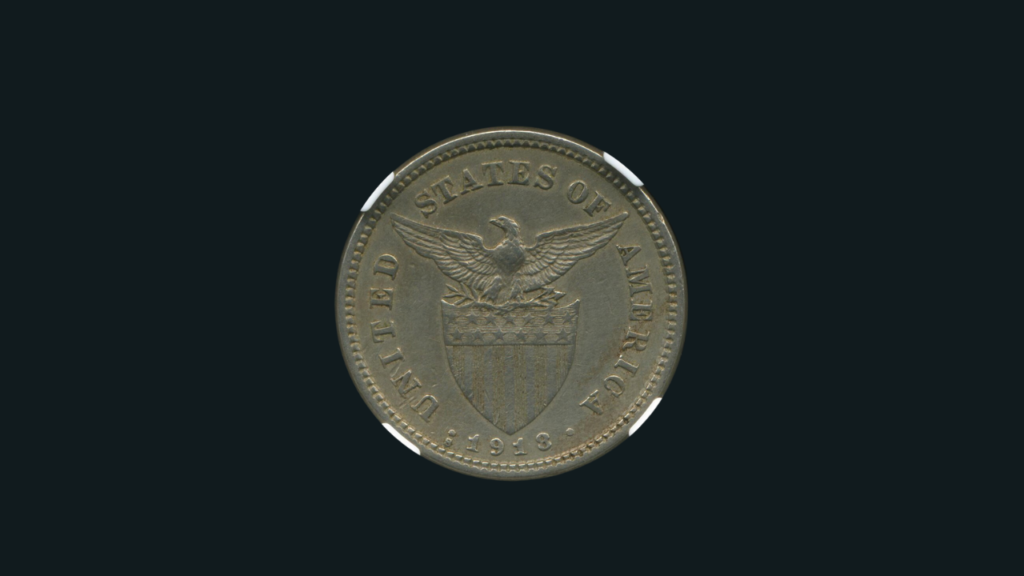
This coin is a collector’s dream due to a unique error in its design. The 1918-S Allen-4.08b Mule has mismatched designs on its front and back, making it very rare. Coins with such errors are highly prized, with one selling for $41,125 in 2014.
4. 1906-S Peso
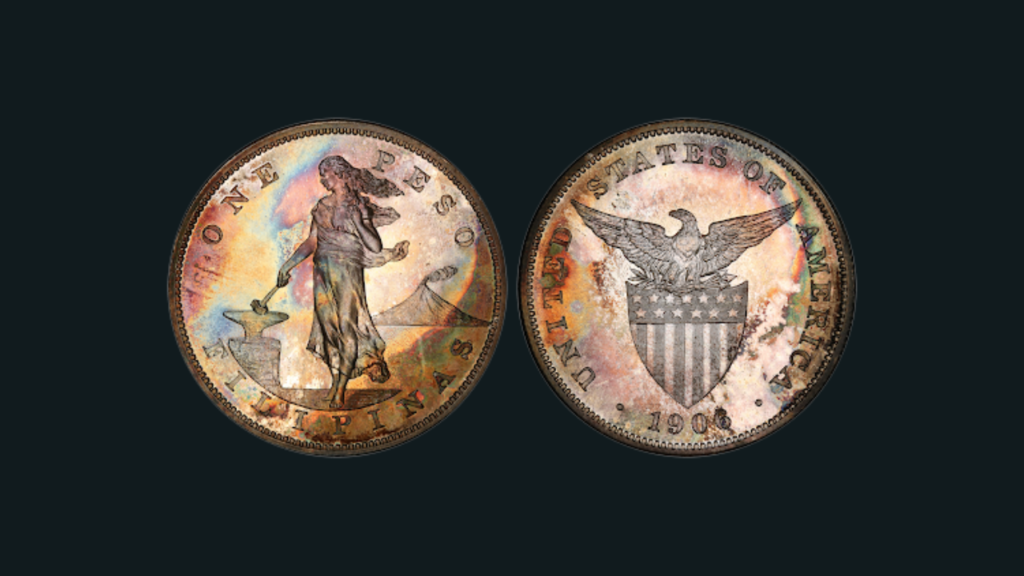
The 1906-S peso has an interesting history. Initially, it was made with a high silver content similar to American Morgan dollars. Later, the U.S. Mint reduced the silver content, making earlier versions much rarer. A 1906-S peso sold for $43,200 in 2020 due to its scarcity.
5. 1905-S Peso
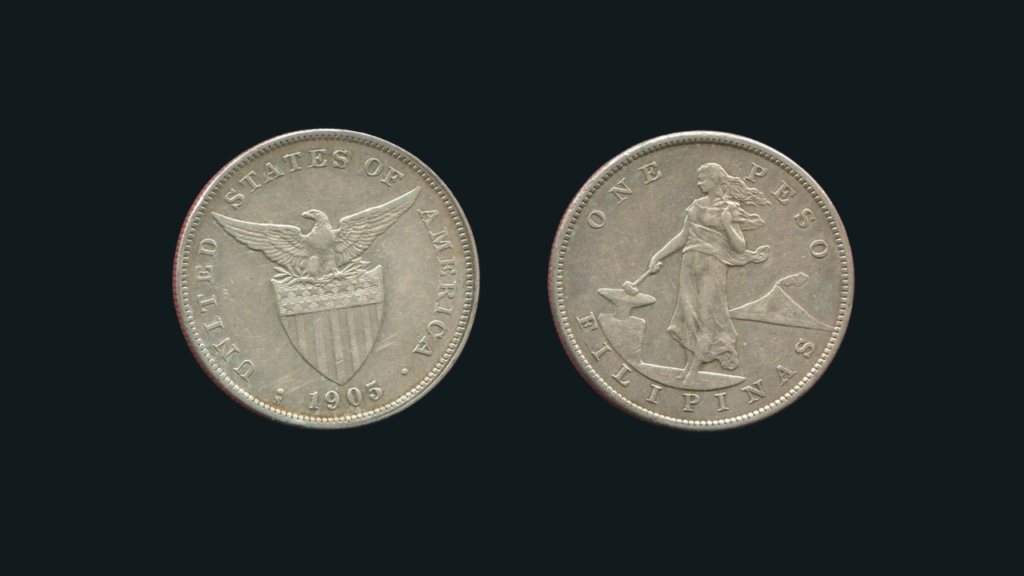
The 1905-S peso has two versions: one with squared-off feet on Lady Liberty (Allen-16.06a) and another with curved feet (Allen-16.06). Both versions are valuable, with the curved-foot version selling for $60,000 in mint condition in 2022.
8 Rare Mint Error Coins and How Much They’re Worth Today?
How to Cash in on Rare Coins?
If you discover any rare coins in your collection, don’t rush to sell them just yet. Here are a few steps to help you maximize your profit:
- Get Your Coin Graded: Start by having your coin graded by a reputable company. This will determine its quality and provide an accurate estimate of its value.
- Consult an Appraiser: A professional appraiser can give you a realistic idea of what your coin might fetch on the market.
- List Your Coin for Auction: Auctions attract a wide range of collectors, increasing your chances of getting a high offer.
In summary, some of these rare coins could be worth a small fortune, and if you have any Philippine coins in your collection, it might be worth taking a closer look!
Editorial Note: This article was created through automated technology, with all details verified and polished by our editorial expert.

